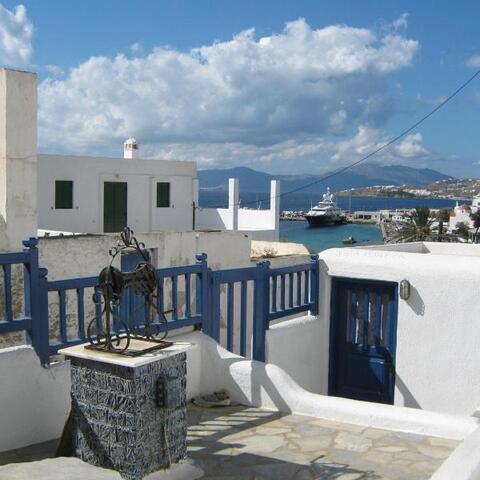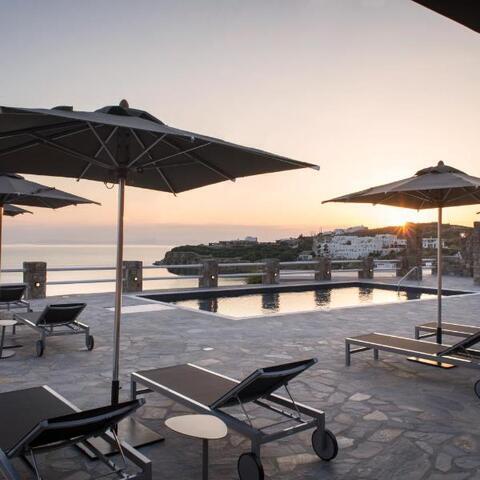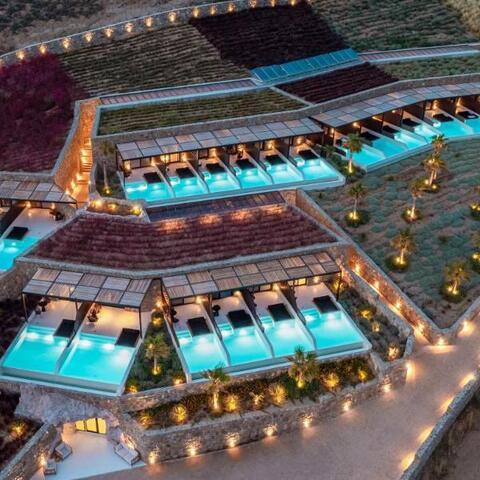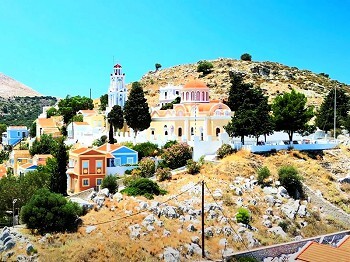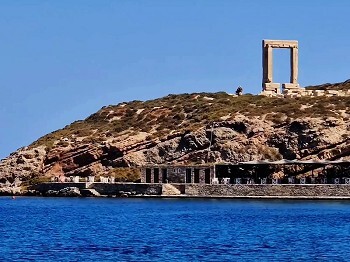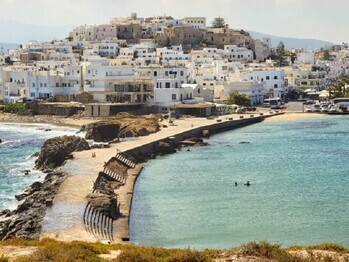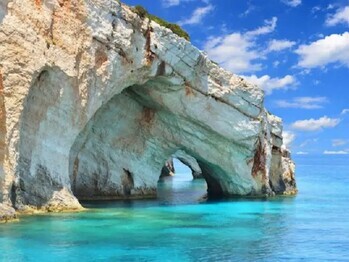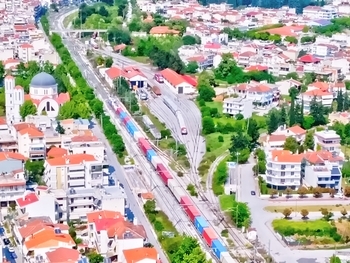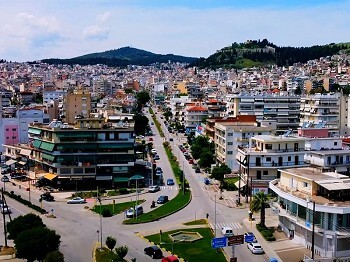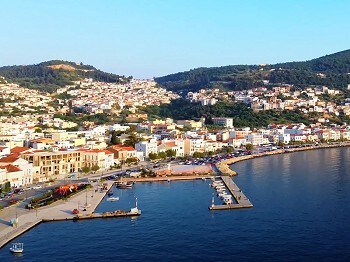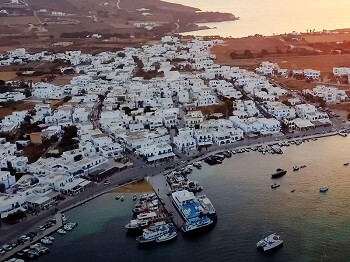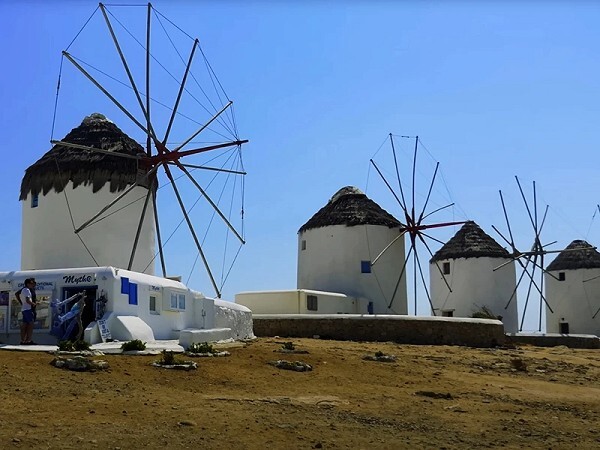
Mykonos, one of Greece's most famous islands, is renowned for its stunning beaches, vibrant Nightlife, and charming white-washed Architecture. However, beyond the glamour and glitz, Mykonos is also home to a wealth of historical sites that offer a glimpse into its fascinating past. This article will take you on a journey through some of the most significant historical locations on the island, each with its own unique story to tell.
We suggest for your stay:
Still Looking for the Perfect Stay?
Delos: The Birthplace of Apollo and Artemis
Just a short boat ride from Mykonos lies the ancient island of Delos, a UNESCO World Heritage site and one of the most important archaeological sites in Greece. Delos is considered the mythical birthplace of the twin gods Apollo and Artemis and was a major religious center in ancient times.
Highlights of Delos
The Terrace of the Lions: This iconic row of marble lion statues Dates back to the 7th century BC and was dedicated to Apollo by the people of Naxos.
The House of Dionysus: An ancient mansion featuring intricate mosaics depicting scenes from Dionysian mythology.
The Temple of Isis: A sanctuary dedicated to the Egyptian goddess Isis, reflecting the multicultural influence on the island.

The Archaeological Museum of Mykonos
Located in Mykonos Town, the Archaeological Museum of Mykonos houses a remarkable Collection of Artifacts discovered on the island and nearby Delos. The museum provides a comprehensive overview of the region's history, from prehistoric times to the Hellenistic period.
Must-See Exhibits
The Mykonos Vase: A large pithos from the 7th century BC, depicting scenes from the Trojan War.
Marble Statues: Various Sculptures from the Hellenistic period, showcasing the artistry of ancient Greek sculptors.
Funerary Artifacts: Objects found in ancient graves, offering insights into the burial practices and beliefs of early Mykonos inhabitants.

Panagia Paraportiani: A Unique Architectural Marvel
One of the most photographed sites in Mykonos, Panagia Paraportiani is a stunning example of Cycladic Architecture. This church, located in the Kastro area of Mykonos Town, is actually a complex of five small churches built over several centuries.
Architectural Features
White-Washed Walls: The iconic bright white walls, typical of Cycladic Architecture, give the church its distinctive appearance.
Asymmetrical Design: The irregular shape and multi-level structure create a visually captivating and unique landmark.
Historical Significance: The church Dates back to the 15th century, making it one of the oldest structures on the island.
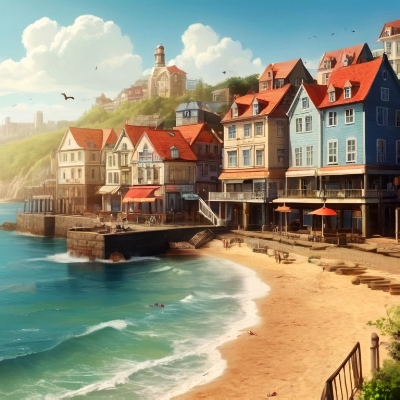
Mykonos Folklore Museum: Preserving Local Heritage
Housed in an 18th-century sea captain's house in the Kastro neighborhood, the Mykonos Folklore Museum offers a fascinating glimpse into the island's cultural Heritage. The museum's Collection includes Traditional costumes, antique furniture, and historical documents.
Highlights of the Museum
Period Rooms: Rooms furnished with authentic 19th-century Mykonian furniture, providing a sense of daily life in the past.
Maritime Artifacts: Objects related to Mykonos' seafaring history, including ship models and navigational instruments.
Photographic Archives: A Collection of historical photographs that document the island's transformation over the years.
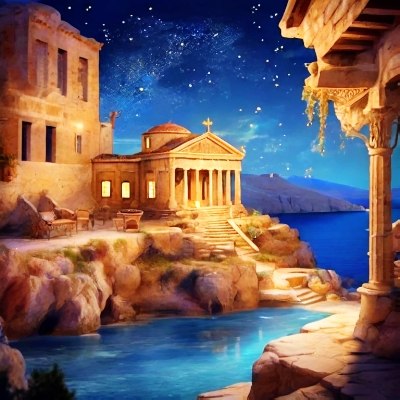
The Castle of Gyzi: A Medieval Fortress
Situated on a hill overlooking Mykonos Town, the Castle of Gyzi is a medieval fortress that offers panoramic Views of the island and the Aegean Sea. The castle was built by the Venetians in the 13th century as a defense against pirate attacks.
Exploring the Castle
Historical Walls: The well-preserved walls and towers provide a glimpse into the island's medieval past.
Breathtaking Views: The elevated position of the castle offers stunning vistas of Mykonos and the surrounding islands.
Archaeological Remains: Various Artifacts and remnants of buildings within the castle grounds tell the story of its strategic importance.
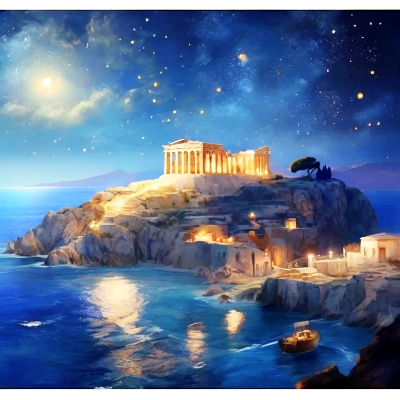
Lena’s House: A Glimpse into 19th Century Mykonos
Lena’s House, a branch of the Mykonos Folklore Museum, is a 19th-century middle-class Mykonian residence preserved in its original state. Located near the Tria Pigadia area, this museum offers an intimate look at domestic life in Mykonos during the 1800s.
Key Features
Authentic Interior: Rooms furnished with period furniture, family heirlooms, and traditional Mykonian Decor.
Cultural Artifacts: Items such as embroidered Textiles, hand-painted Ceramics, and vintage photographs.
Historical Context: The house provides valuable insights into the lifestyle and social norms of Mykonian society in the 19th century.
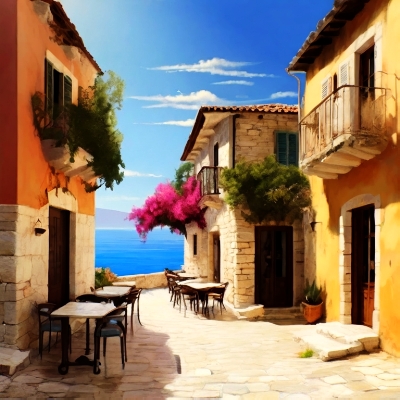
Agrari Monastery: A Tranquil Historical Retreat
Located in the quieter part of the island, the Agrari Monastery is a serene retreat away from the bustling crowds of Mykonos Town. This 16th-century Monastery is dedicated to the Virgin Mary and is known for its peaceful Atmosphere and beautiful surroundings.
Visiting the Monastery
Historic Church: The monastery’s church, with its simple yet elegant Architecture, is a place of worship and reflection.
Scenic Location: Nestled amidst olive groves and offering picturesque Views of the Aegean Sea.
Cultural Significance: The Monastery continues to play a role in the religious and cultural life of the local community.
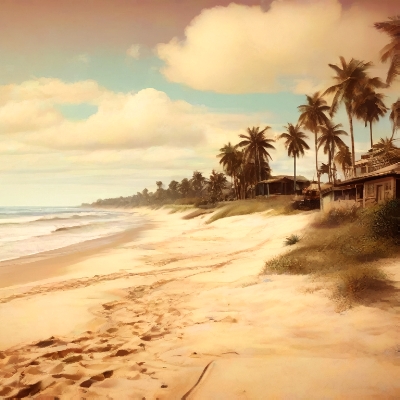
Conclusion
While Mykonos is often celebrated for its beaches and Nightlife, the island's rich history and cultural Heritage offer a treasure trove of experiences for those interested in exploring beyond the usual tourist spots. From ancient Ruins and medieval fortresses to charming museums and serene Monasteries, Mykonos invites you to discover its fascinating past and immerse yourself in its timeless beauty. So, on your next visit to this iconic Greek island, be sure to include these historical sites in your itinerary and Experience the rich tapestry of Mykonos' history firsthand.

